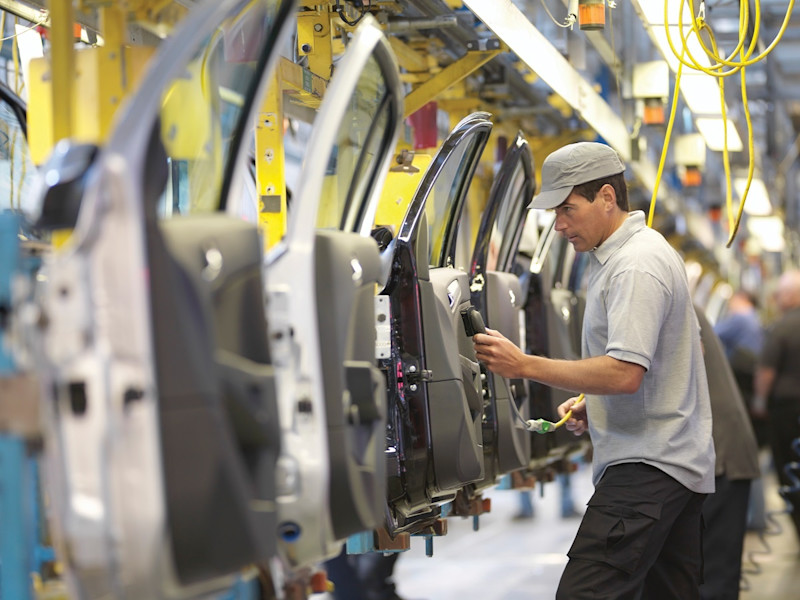“What we want to call ‘blue-collar jobs’ are on the way out," said Kipp Glenn, a worker at Carrier’s factory in Indianapolis, in a recent article from the Washington Post.
Glenn assembled furnace doors but said his knees ached from long shifts where he was standing on a concrete floor all day. Nervous about the prospects of automation taking over more jobs, and with Carrier announcing layoff s to its U.S. workforce, Glenn decided not to wait for a pink slip and joined many of his colleagues in taking a buyout.
It's unclear if Glenn’s position would have been eliminated, but he’s not alone in factory workers who are leaving the manufacturing workforce. According to the Bureau of Labor Statistics, more factory workers have left their jobs voluntarily than have been fired or laid off since January. With manufacturers posting 390,000 unfilled openings in July 2017, perhaps the bigger problem isn’t just those who leave, but the much larger masses who are never found in the first place.
Take the story of Tenere Inc., a contract manufacturer in Dresser, WI, that recently made the news when they moved to automate their factory after finding the local human workforce so unreliable. Faced with 132 unfilled job openings, many of the candidates that did arrive were not up to the required standards. A staffing professional tasked with finding employees for Tenere noted that potential workers lacked basic professionalism — they appeared unmotivated or arrived for interviews in torn, stained clothes. They complained that they couldn’t take personal calls during their shift. Even after taking on a job, some of them had to be dismissed because they showed up to work under the influence of alcohol or drugs. Assembly line no-shows were not just frequent but routine, creating strain on the employees who did arrive for work.
Unfortunately, this type of situation is becoming more commonplace in middle America. Aging baby boomers are dealing with health issues like diabetes, coronary disease and osteoarthritis. Even more dangerous, the opioid crisis is rampant in these areas. According to a recent report by Goldman Sachs, opioids have become a key factor in why “prime age” workers, mostly men, are unable or unwilling to find work. A study from former White House economist Alan Krueger showed that 1.8 million workers are out of the labor force for reasons listed as “other” (not retired, in school, disabled, or caring for a loved one).
From a business perspective, it might be easy to say that automation is the answer to keep factories afloat. But that’s oversimplifying the issue, as many companies still find automation too expensive to deploy on a wide scale and not practical for some applications. And from a human perspective, we are in a crisis among the workers of America. The human being is still the lifeblood desperately needed in manufacturing. Innovation continues to be a sole product of the human mind, and without it, our industry will not remain competitive, end of story.
The harder question is: What’s the answer? If there are opportunities but few willing to take them, how can we pull this culture out of its downward spiral? As an entire segment of our population goes on struggling, how can people be brought forth to engage again? One part of the solution is through students and other young people who are considering their future career path. AMT’s Smartforce initiative offers information and resources about engaging with young people – mentorship, apprenticeships, and other ways to raise student interest and awareness for advanced manufacturing. The industry must make an effort to reach out to these future professionals, in partnership with government and academia.
The American workforce is making a tectonic shift. Unless we can find a way to reframe the narrative, the results — and human cost — could be catastrophic.









